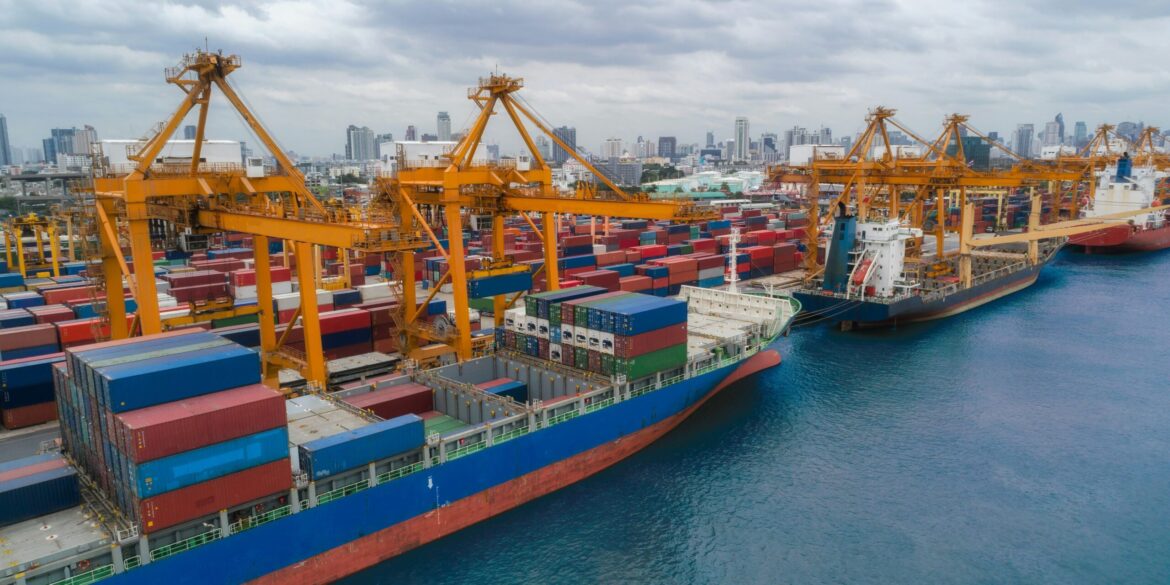On June 11, 2025, the United States and China unveiled a preliminary trade agreement aimed at de-escalating the protracted economic tensions between the two nations. The accord, pending final approval from both President Donald Trump and Chinese President Xi Jinping, encompasses key provisions concerning rare earth mineral exports, educational exchanges, and tariff adjustments.
Key Provisions of the Agreement
Under the proposed framework, China has agreed to supply the United States with rare earth minerals and magnets—critical components for various industries, including automotive and defense—for a period of six months. In exchange, the U.S. will ease certain restrictions, notably allowing Chinese students continued access to American universities, subject to specific conditions. President Trump announced that the U.S. will maintain a cumulative 55% tariff on Chinese imports, incorporating existing duties and new levies targeting opioid-related products. Conversely, China plans to impose a 10% tariff on U.S. goods.
Strategic Importance of Rare Earth Minerals
Rare earth elements are indispensable in the manufacturing of high-tech products, including electric vehicles, smartphones, and military equipment. China’s dominance in this sector—controlling approximately 90% of global production—has been a point of leverage in trade negotiations. The six-month export license agreement provides temporary relief to U.S. industries but also underscores China’s strategic advantage. Analysts caution that the limited duration of the export licenses could serve as a bargaining chip for China in future negotiations.
Educational Exchanges and Diplomatic Relations
The agreement’s provision to allow Chinese students to study in the U.S. marks a significant development in bilateral relations. Educational exchanges have historically been a cornerstone of U.S.-China diplomacy, fostering mutual understanding and collaboration. However, recent years have seen increased scrutiny and restrictions on Chinese students amid national security concerns. The new agreement signals a potential thaw in this aspect of the relationship, albeit with unspecified conditions attached.
Legal and Economic Implications
While the agreement aims to stabilize trade relations, legal challenges to the U.S. tariff policies persist. A federal appeals court recently allowed the continuation of the tariffs during ongoing litigation, highlighting the contentious nature of the administration’s trade measures. Economically, the announcement had a muted impact on financial markets, with major indices showing minimal movement, reflecting investor caution and the tentative nature of the deal.
Outlook and Future Negotiations
Both nations have expressed optimism about the agreement, viewing it as a step toward a more comprehensive trade deal. Negotiators have set a target date of August 10 to finalize a broader agreement that addresses remaining issues, including technology transfers and intellectual property rights. The current framework serves as a temporary measure to ease tensions and provides a foundation for continued dialogue.
As the global community watches closely, the durability and effectiveness of this preliminary agreement will depend on the forthcoming negotiations and the willingness of both parties to make substantive concessions.

